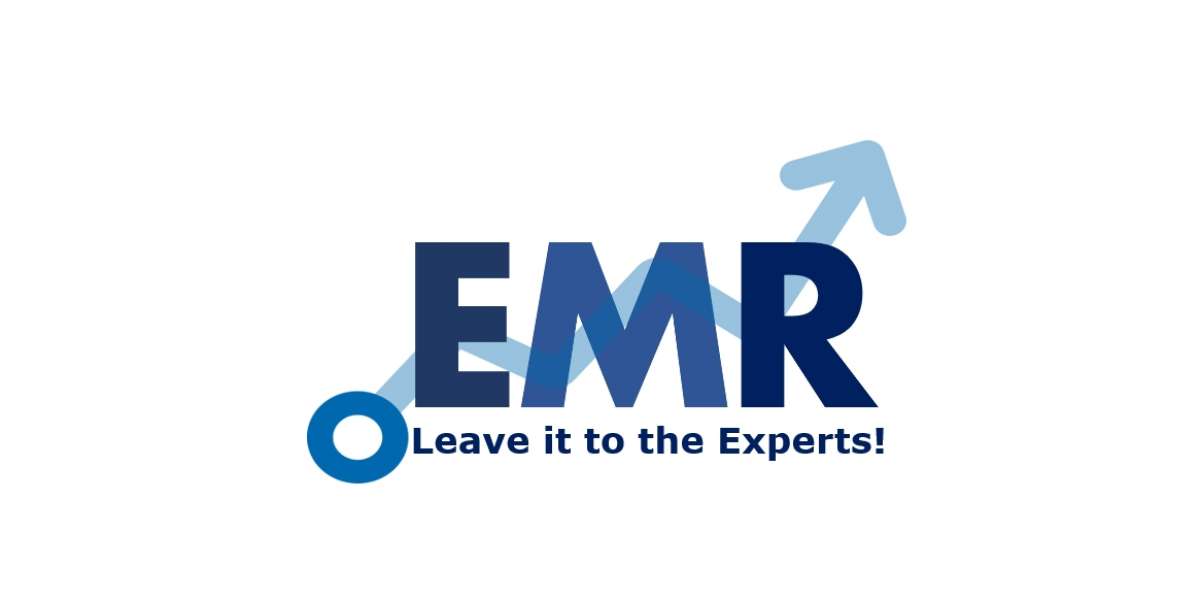Polyvinyl chloride, or PVC, plastic film generally comes in two forms, rigid and flexible, but it can be finished in several different ways within these two categories, including firm and soft clears, opaques, coated, mattes, orange peels, and even rigid PVC film.Get more news about rigid PVC film,you can vist our website!
PVC Vinyl Film
The customization of PVC film (or “vinyl film,” as it is sometimes called) through processes like RF welding or heat sealing, aids in the creation of a wide array of products. In fact, in 2013 alone, nearly 40 million tons of PVC were consumed worldwide, and the demand for PVC plastic is expected to increase 3.2 percent each year until 2021. Adams Plastics supplies PVC films for a variety of essential uses for homes and businesses, including:
The relatively low cost of PVC film means that customers can meet their bottom line while still ensuring quality and specificity of the products they need. However, it’s imperative that when selecting a PVC film supplier customers find a company that can adapt to their evolving needs. Let Adams Plastics show you how to bring customizable PVC film solutions like the ones below to your business on your schedule:
Polyvinyl, also known as poly(vinyl chloride) or PVC, is the third most widely produced synthetic plastic. It is a very versatile and cost-efficient thermoplastic of good dimensional stability and impact strength (when plasticized), and excellent weathering properties. It can be easily extruded, calendered and die-cut, and is printable with conventional screen and offset printing methods. Depending on the composition, it can be clear or matt, colored or white, and rigid or flexible. It can also be easily reprocessed using heat.
PVC has a rather polar backbone with strong intermolecular interactions. It is, therefore, rigid at room temperature. However, it can be easily softened (plasticized) by blending with plasticizer during fabrication. This versatility is a major advantage of vinyl polymers.
Flexible vinyl film has good barrier properties to oil and grease but is oxygen permeable. It also has good cling, excellent clarity and puncture resistant. These properties make flexible PVC suitable for food packaging to keep meat and other perishable produce fresh (when FDA approved). However, plasticized PVC has a lower melting point, is less resistant to chemicals, and has a lower ultimate tensile strength than rigid vinyl.
Rigid vinyl, also known as unplasticized polyvinyl chloride (uPVC), is a strong and lightweight film. It is one of the most durable low-cost films and is resistant to many chemicals. Generally, uPVC can be used at temperatures up to 60°C. It has higher tensile strength and modulus than flexible PVC, but has low impact toughness, and is subject to stress cracking depending on the environment.
PVC has several limitations and drawbacks; the plasticizer can harden in cold conditions and soften under hot conditions, which lead to a change in properties and can compromise the strength of the seal. PVC also releases small amounts of hydrogen chloride into the air and produces carbon deposit onto the sealing equipment when heated. For this reason, good ventilation is required when sealing PVC shrink-wrap.
Search
Popular Posts
-
 How do I fix AOL Mail login issues?
How do I fix AOL Mail login issues?
-
 Viral video on pre-shaded ballots allegedly favoring “Otso Diretso” bets, alarms admin candidates
By Alka Vista
Viral video on pre-shaded ballots allegedly favoring “Otso Diretso” bets, alarms admin candidates
By Alka Vista -
 Dermal Fillers Treatment in Gurgaon
By priya sharma
Dermal Fillers Treatment in Gurgaon
By priya sharma -
 Best Online Casinos
By greenlife
Best Online Casinos
By greenlife -
 The Impressive Beauty And Quality Of iPad pro 12.9 Case
By imranafzal
The Impressive Beauty And Quality Of iPad pro 12.9 Case
By imranafzal
Categories
- Appliance
- Attractions/Things To Do
- Artist
- Bank
- Bar
- Blogger
- Book Store
- Cars and Vehicles
- Clothing
- Concert Venue
- Comedy
- Economics and Trade
- Education
- Electronics
- Entertainment
- Food/Grocery
- Furniture
- Movies & Animation
- Gaming
- Health and Beauty
- History and Facts
- Hotel
- Life Style
- Medical/Pharmacy
- Natural
- News and Politics
- People and Nations
- Pets and Animals
- Places and Regions
- Politician
- Real State
- Restaurant/Cafe
- Science and Technology
- School
- Services
- Shopping/Retail
- Sport
- Travel and Events
- Business Software
- Other









